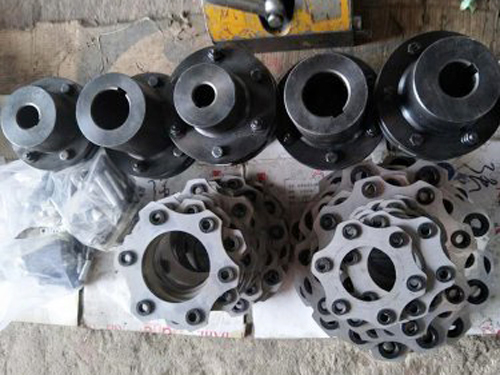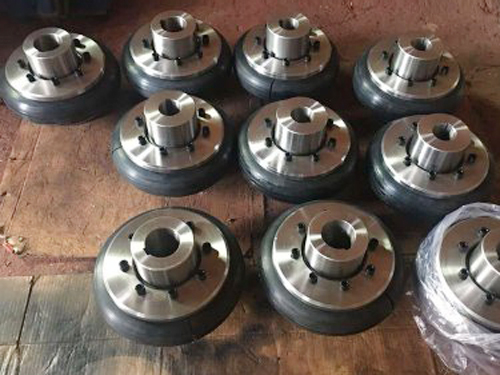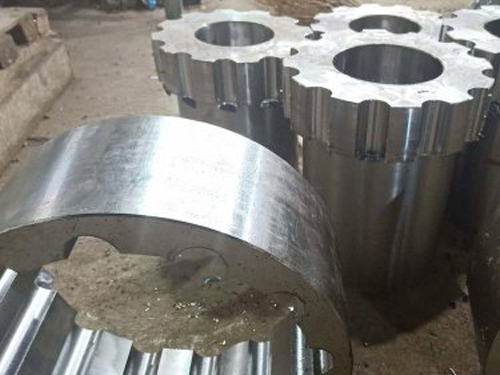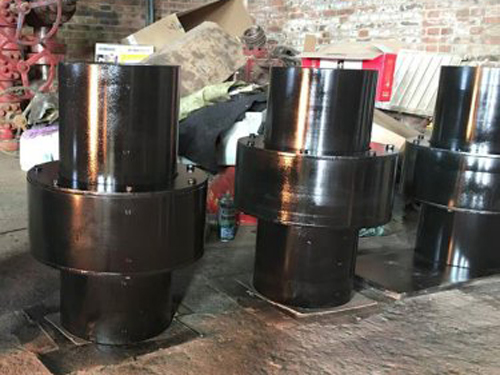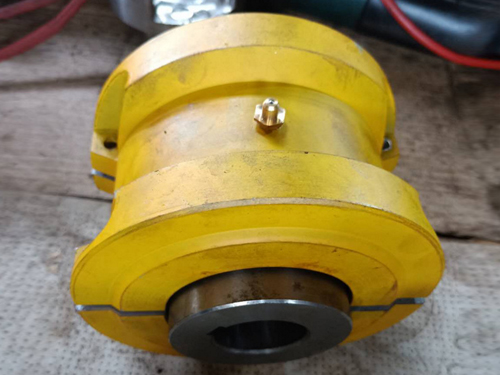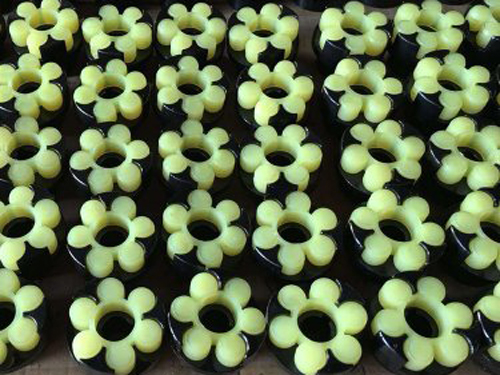Classification and performance of couplings
Hengli takes you into the coupling:
Coupling performance
XNUMX. Portability.The mobility of the coupling refers to the ability to compensate for the relative displacement of the two rotating components.Factors such as manufacturing and installation errors between the connected components, temperature changes during operation and load deformation, etc., all put forward requirements for portability.Movable performance compensation or additional load between shafts, bearings, couplings and other parts due to relative displacement between rotating components.
XNUMX. Buffering.For occasions where the load starts frequently or the working load changes, the coupling needs to have elastic elements with buffering and damping functions to protect the prime mover and the working machine from little or no damage.
XNUMX. Stable, with sufficient strength and service life.
Fourth, the structure is simple, easy to assemble, disassemble and maintain.
How to choose a coupling:
Selection of coupling type When selecting a coupling type, the following items should be considered.
1. The size and nature of the torque to be transmitted, the requirements for buffering and damping functions, and whether resonance may occur.
2. The relative displacement of the axis of the two shafts is caused by manufacturing and assembly errors, shaft load and thermal expansion deformation, and relative movement between components.
3. The allowable external dimensions and installation methods are for the convenience of assembly, adjustment and maintenance of the operating space.For large couplings, it should be possible to disassemble and assemble without axial movement of the shaft.
In addition, the working environment, service life, lubrication, sealing and economy should also be considered, and then refer to the characteristics of various couplings to select a suitable coupling type.
A summary of the coupling:
Couplings are also called couplings.A mechanical component used to firmly connect the driving shaft and the driven shaft in different mechanisms to rotate together and transmit motion and torque.Sometimes it is also used to connect shafts and other parts (such as gears, pulleys, etc.).It is often composed of two halves, which are connected by keys or tight fits, respectively, and fastened to the ends of the two shafts, and then the two halves are connected in some way.The coupling can also compensate for the offset between the two shafts due to inaccurate manufacturing and installation, deformation or thermal expansion during work, etc. (including axial offset, radial offset, angular offset or comprehensive offset) ; And alleviate impact and absorb vibration.Most of the commonly used couplings have been standardized or standardized. Under normal circumstances, it is only necessary to correctly select the type of coupling and determine the type and size of the coupling.When necessary, the load capacity of the vulnerable links can be checked and calculated; when the speed is high, the centrifugal force of the outer edge and the deformation of the elastic element can be checked, and the balance check can be performed.
Classification of couplings:
Couplings can be divided into two categories: rigid couplings and flexible couplings.
Rigid couplings do not have the ability to buffer and compensate for the relative displacement of the two axes, and require strict alignment of the two axes. However, this type of coupling has simple structure, low manufacturing cost, and assembly and disassembly. , Convenient maintenance, high neutrality of the two shafts, large transmission torque, and wide application.Commonly used are flange couplings, sleeve couplings and clamp couplings.
Flexible couplings can be divided into flexible couplings without elastic elements and flexible couplings with elastic elements. The former type only has the ability to compensate the relative displacement of the two axes, but it cannot buffer and reduce vibration. The common ones are slippery. Block couplings, gear couplings, universal couplings and chain couplings, etc.; the latter type contains elastic elements, in addition to the ability to compensate for the relative displacement of the two axes, it also has buffering and damping functions. However, the transmitted torque due to the strength of the elastic element is generally not as good as the non-elastic element flexible coupling. Commonly used are elastic sleeve pin couplings, elastic pin couplings, plum-shaped couplings, and tire couplings. Shafts, serpentine spring couplings and reed couplings, etc.


